Top speed 320 km/h Length 22 m | Wingspan 36 m First flight May 26, 1932 | |
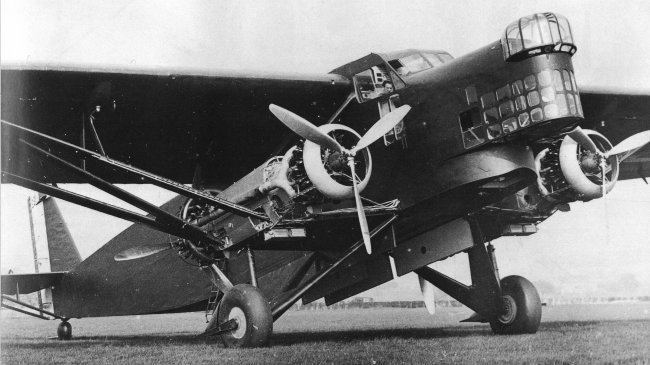 | ||
The Farman F.220 and its derivatives were thick-sectioned, high-winged, four engined monoplanes from Farman Aviation Works. Based on the push-pull configuration proven by the F.211, design started in August 1925 and the first flight of the prototype was on May 26, 1932. The definitive F.222 variant was the biggest bomber to serve in France between the world wars. One variant was designed as an airliner.
Contents
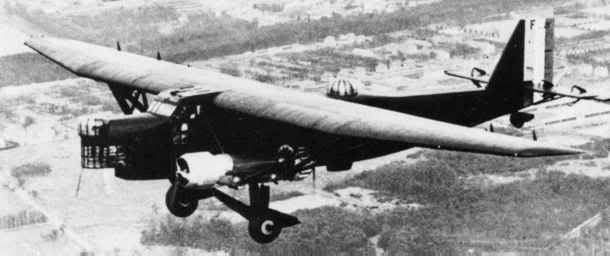
Development
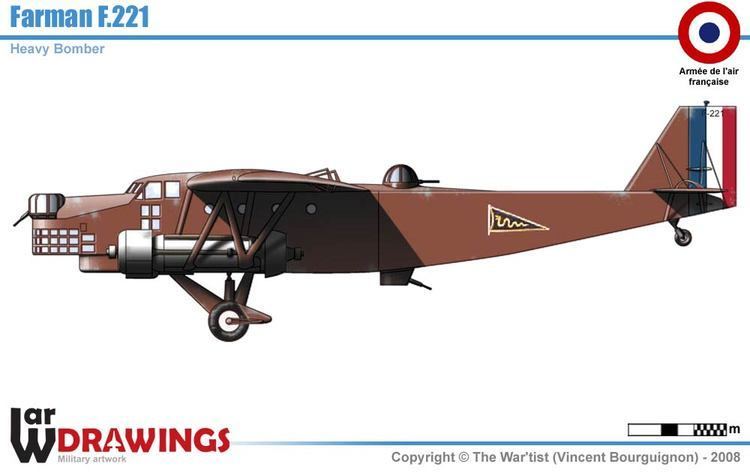
After testing the sole F.220 prototype, Farman made a number of changes to the design, including a new tail fin, fully enclosing the nose and ventral gunners' positions, and changing from V-engines to radials. The first example of this version, dubbed the F.221 flew in May 1933, and was followed by ten production examples delivered to the Armee de l'Air from June 1936. These machines featured hand-operated turrets for the three gunners' stations. Meanwhile, the prototype F.220 was sold to Air France, where christened Le Centaur, it flew as a mail plane on the South Atlantic route. This led to a batch of four similar aircraft being built for the airline.
The F.222 variant began to enter service with Armee de l'Air in the spring of 1937. Unlike its predecessor, this plane featured a retractable undercarriage. Twenty-four aircraft were produced with redesigned front fuselages and dihedral added to the outer wing. During World War II these planes were used in leaflet raids over Germany and then night bombing raids during May and June 1940. These resulted in three losses.
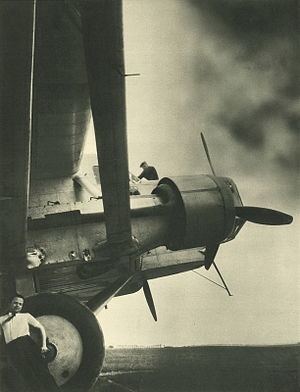
The Farman F.222 was involved in a notable operation carried out by French fighter pilot James Denis. On June 20, 1940, realising that the Battle of France was lost, Denis borrowed a Farman F.222 from an airbase near Saint-Jean-d'Angély. He flew to Britain with twenty of his friends, and joined the Free French Air Force, in which service he subsequently became an ace, shooting down nine German aircraft.
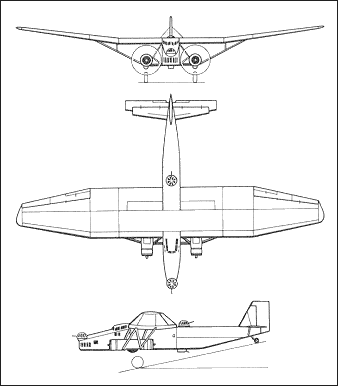
The F.223 (redesignated NC.223 when Farman was absorbed into SNCAC) incorporated significant changes, including a twin tail and a considerably refined fuselage. The first prototype was ordered as a long range mail plane and in October 1937 established a record by flying 621 miles with a 22,046 lb payload. The Ministere d l'Air ordered a production run of 8 of the NC223.3 variation which was commenced in 1939. A variant NC 223.4 Jules Verne of Naval Aviation French was the first Allied bomber to raid Berlin: on the night of 7 June 1940 aircraft of this variant dropped eight bombs of 250 kg and 80 of 10 kg weight on the German capital. This operation, which was of a primarily psychological-warfare nature, was repeated three days later.
The first NC 223.3 bombers were delivered on May 1940 and participated in night bombing attacks on Germany before being transferred to North Africa in June 1940. The bombers were subsequently relegated to transport roles, seeing service with both the Vichy regime and the Free French.
The F.224 was a dedicated civil variant able to seat 40 passengers. Six machines were produced for Air France, but were ultimately rejected because the 224 could not maintain altitude on three engines. The aircraft went on to serve in the Armée de l'Air instead with a reduced payload.
Variants
Operators
Specifications (F.222)
Data from
General characteristics
Performance
Armament
